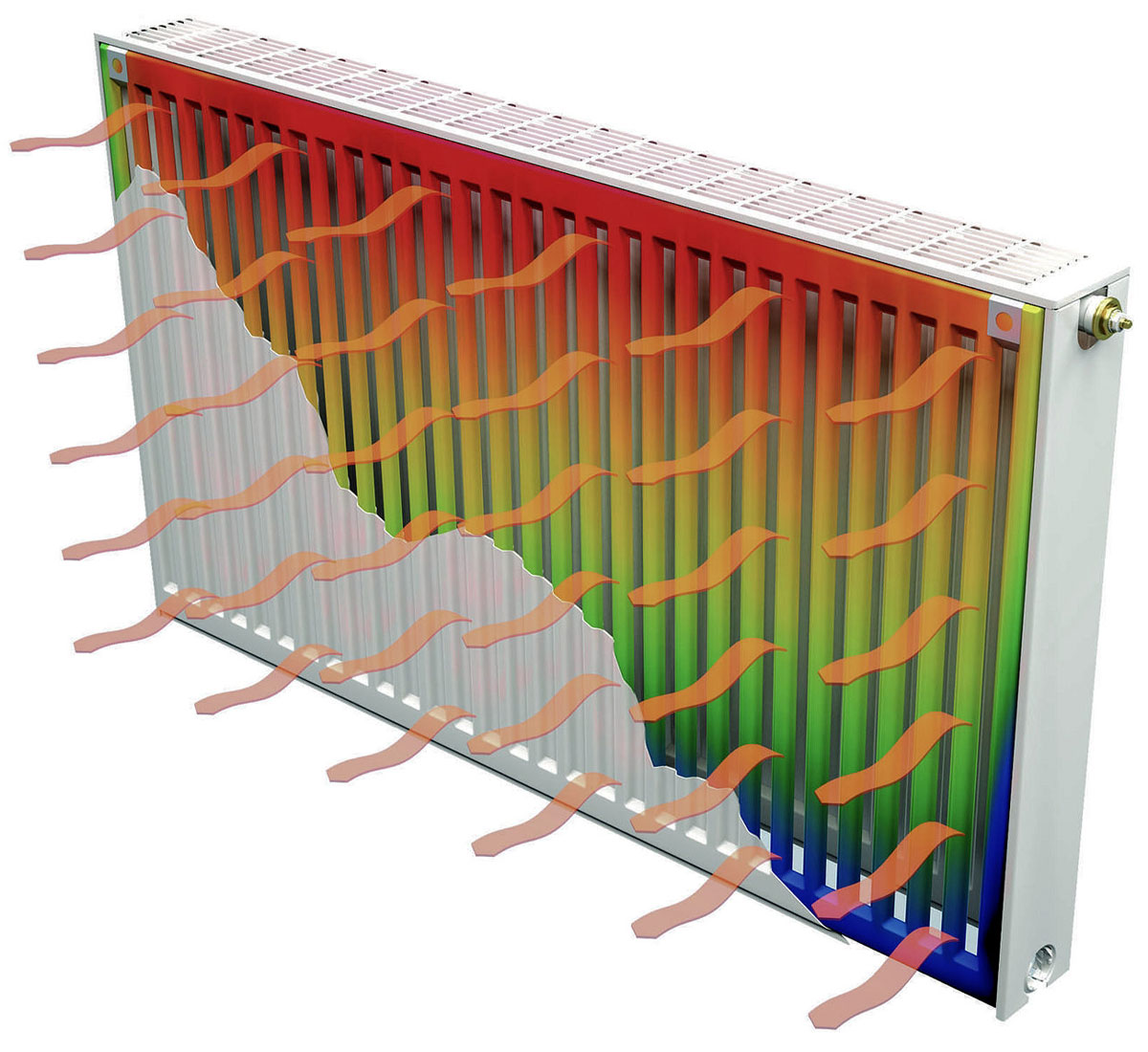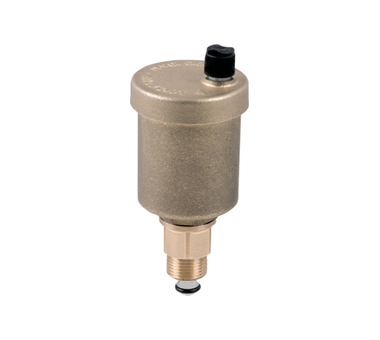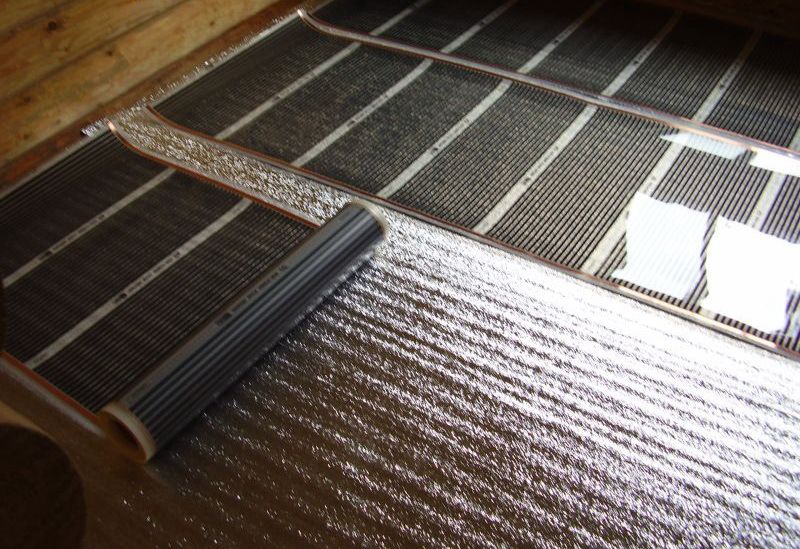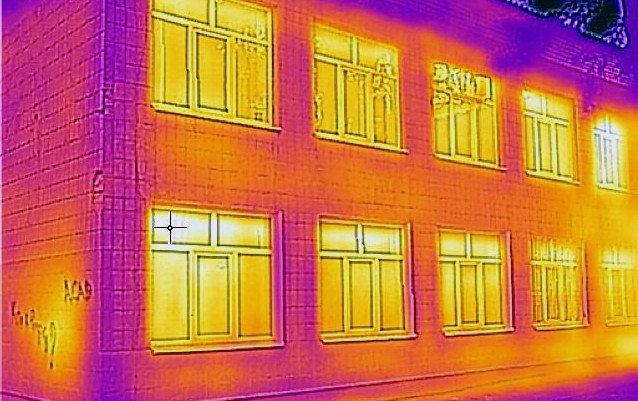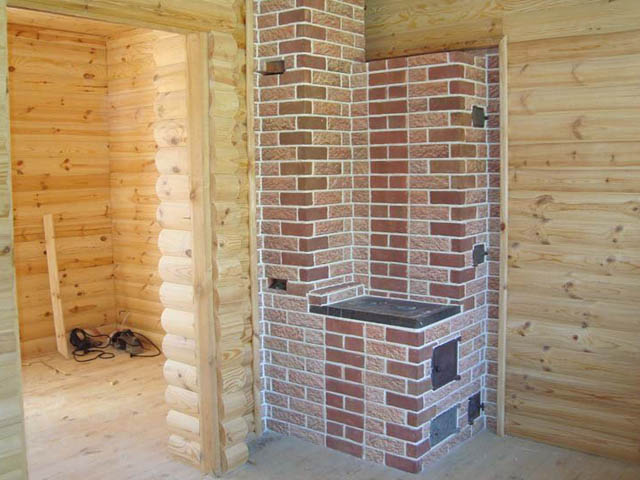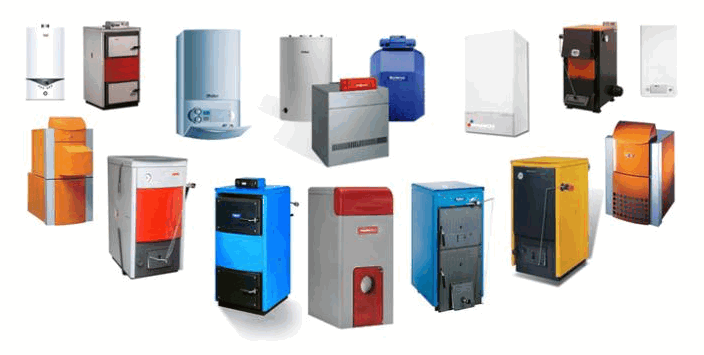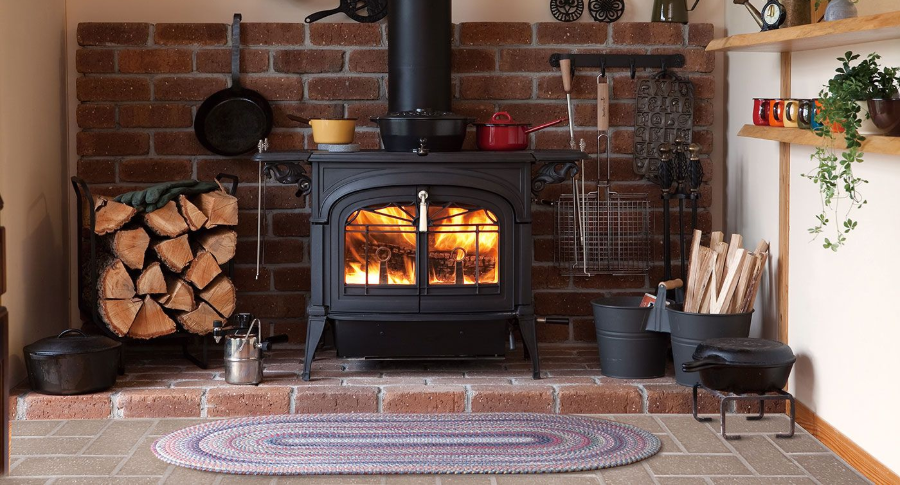The required heater mode is set using the thermostat for the heater. The appliance starts and switches off automatically when the required degree of heating is reached. The practicality of the device and the features of its operation depend on the type of the analyzing sensor, which determines the temperature of the surrounding space. The cold activates the bimetallic plate, and the circuit closes, and when the desired temperature is obtained, the relay turns off the electricity supply.
The main types of thermostats for the heater

Socket and socket regulators for electric heaters are available. The first type does not require special skills and is simply plugged into an outlet, where the heater cord is then connected.
According to the principle of operation, thermostats for the heater differ:
- electronic;
- electromechanical;
- thermostats.
There is a built-in or remote device that collects information about the temperature in the surrounding area. The device is installed in the wall of the room outside the location of the heater.
Electronic
The circuit includes an output relay, a sensor, a panel with touch or patch control keys, and a rotary knob. The models have a microprocessor for processing commands and giving a signal to action, a thermometer. Electronic devices are equipped with a monitor for displaying user information. The supply voltage is 24 V.
GSM-controlled models receive commands from any area of the city if there is a mobile connection. A separate SIM card is inserted into a slot on the control device. The device regulates the room temperature in the range from 0 to + 40 ° С.
Electromechanical

The design of simple devices includes a bimetallic plate that coordinates the periodic shutdown and start of the device. Adjustment and adjustment of parameters is carried out with a rotary toggle switch or lever.
Depending on the installation method, a distinction is made between:
- stationary models that are built into the wall and connected to the power supply cable;
- the thermostat in the socket for household heaters is transferred and applied in any room.
There are models with an external and built-in sensor for receiving information. The first option is located at the end of the wire connected to the regulator. The cable length varies from 0.1 to 3 m.
Thermostats
The regulator operates with temperatures ranging from 0 to + 35 °. The value is set with a round toggle switch surrounded by a numeric scale. The device is adjusted to the power of the connected load so that the temperature reading is correct. LEDs inform about the operating mode and indicate problems with the temperature sensor.
The thermostat for the heater saves electricity consumption by controlling the degree of heating. A strong heating of the heat generator leads to combustion of oxygen and a decrease in humidity in the room to critical limits.
Thermoregulators for infrared heaters
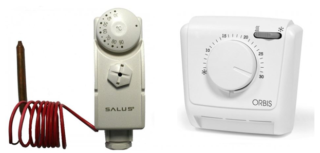
The devices are characterized by two sensors in the design, one of which monitors the heating of the heat source, and the other monitors the temperature in the room. At the same time, the work of the infrared heat exchanger and the microclimate are coordinated.
Mechanical
The devices are easy to configure and install. A mechanical thermal switch for a heater is cheaper than electronic options, the measurement error is 2 ° C. The disadvantages include the ability to set one temperature value without a range.
The device is a small plastic box with a switch on the outside. The round toggle switch moves smoothly, with its help the value on the scale is selected. The divisions are spaced 1 ° C apart or there is a 3 ° C transition. The housing is equipped with a shutdown button and indicator lights to monitor operation. There are mechanical thermostats for an electric heater with a screen where some numbers are shown.
Programmable
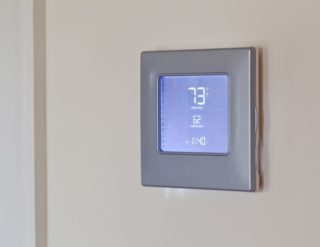
The devices provide maximum comfort in managing the heat exchanger. The temperature range is +5 - + 45 ° C, which expands the scope. They differ from mechanical ones in that they take into operation a complex program for heating a room for several days and weeks in advance.
The temperature measurement accuracy is 0.5 ° C. When choosing, you need to take into account the non-volatility of the device memory, so as not to set values many times after a power outage. The latest units are available with LCD displays.
The devices are effective when people leave home. They are controlled by touch or patch keys, depending on the model.
Specifications
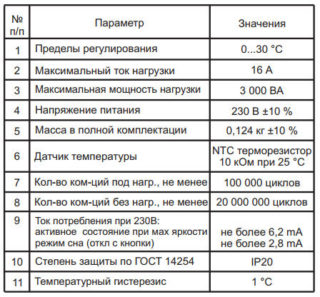
The parameters of work depend on the version, filling and control scheme. Some thermostats for quartz heaters or oil heaters are connected to 2 - 3 remote sensors. The built-in GSM-modem conducts voice notification and e-mailing about the state of the microclimate to the specified phone numbers, indicating the operating parameters.
Possibilities of modern thermostats:
- connection to eight telephone numbers and regulation of 4 alarm zones in the dwelling;
- coordination of parameters and setting tasks by means of mobile communication or voice messages;
- sending an SMS message when the voltage is cut off, the battery is low;
- models withstand a power of 2 - 3.5 kW.
When connecting, the consumed current of the heaters is summed up, this value must be less than the maximum indicator for the thermostat.
Advantages and disadvantages
The device saves electricity, because with a correctly set task, the heaters function no more than 5 - 8 hours a day.
Advantages of thermostats:
- optimization and uniform settings of individual heaters, convectors and the entire heating system;
- maintaining the minimum required temperature in the absence of a person in the house;
- redistribution of the heating power of heating devices throughout the apartment or office, while switching on can be set in a cascade that excludes overloading the power grid.
The disadvantage is that it is not recommended to install thermal switches in bathrooms due to high humidity and steam, as well as to place them near heaters, cold sources, in a draft in the basement or in the sun.
Basic rules for choosing
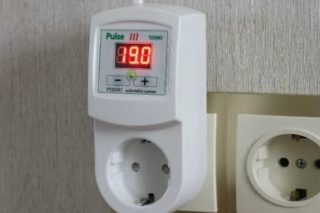
When buying, pay attention to the scope of control of the device. There are temperature sensors that regulate only the heating of the heater itself, and not the microclimate in the room. The purpose of the room is taken into account, since for the bedroom and kitchen the temperature parameters may differ, and it should be possible to set the parameters for any zone.
The cost of models depends on the number of additional functions, therefore, a device is purchased in which you do not need to overpay for unnecessary features. The shape and color of the thermostat matters to match the interior.
Scope of application
The devices are used to regulate heating in residential and industrial premises.In office buildings, a temperature range is set at night that maintains minimal heating until the morning when people arrive.
In private homes, the controller functions depend on the model. There are socket devices that simply turn on and off the heater, but complex options are installed for the complex coordination of all equipment. For example, such thermostats are included in the "Warm House" control system.

